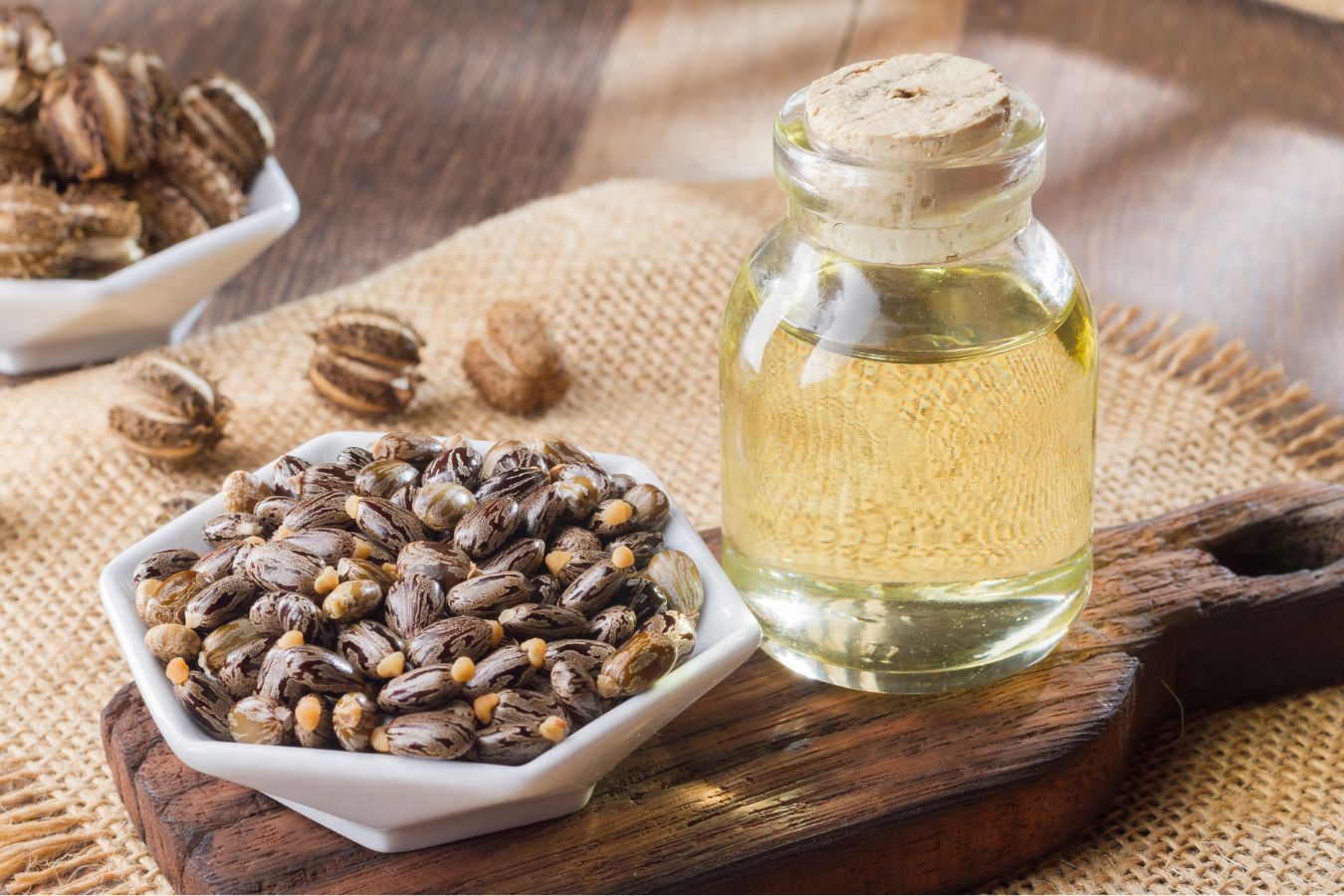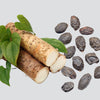What Makes Castor Oil So Stable

What makes castor oil so stable?
Castor oil is known for its remarkable stability, which makes it stand out from other vegetable oils. Castor oils has a shelf life of around five (5) years as well as meadowfoam oil. The stability of castor oil can be attributed to its unique chemical composition. Castor oil is a triglyceride, which means that it's made up of three fatty acids attached to a glycerol molecule. The fatty acids in castor oil are predominantly ricinoleic acid, which makes up roughly 90% of the oil.
Ricinoleic acid has a unique chemical structure that contributes to the stability of castor oil. Specifically, the hydroxyl group (-OH) on the 12th carbon atom of the ricinoleic acid molecule makes it more polar than other fatty acids. The polar nature of ricinoleic acid enables stronger intermolecular forces, which results in a more viscous and stable oil. Additionally, the high molecular weight of the ricinoleic acid molecule also contributes to the stability of castor oil.
Furthermore, castor oil is also resistant to oxidation, which is the primary cause of most vegetable oils' instability. Castor oil contains high levels of antioxidants, such as vitamin E, which helps prevent the oil from going rancid. In summary, the unique chemical composition of castor oil, particularly its high ricinoleic acid content and resistance to oxidation, contributes to its remarkable stability.
Castor oil:
Shelf Life: 5 years
Fatty Acids
Oleic- 3.93%
Stearic 1.0%
Palmitic- 1.0%
Linoleic- 4.32%
Linolenic- 0.3%
Ricinoleic- 87.74%






